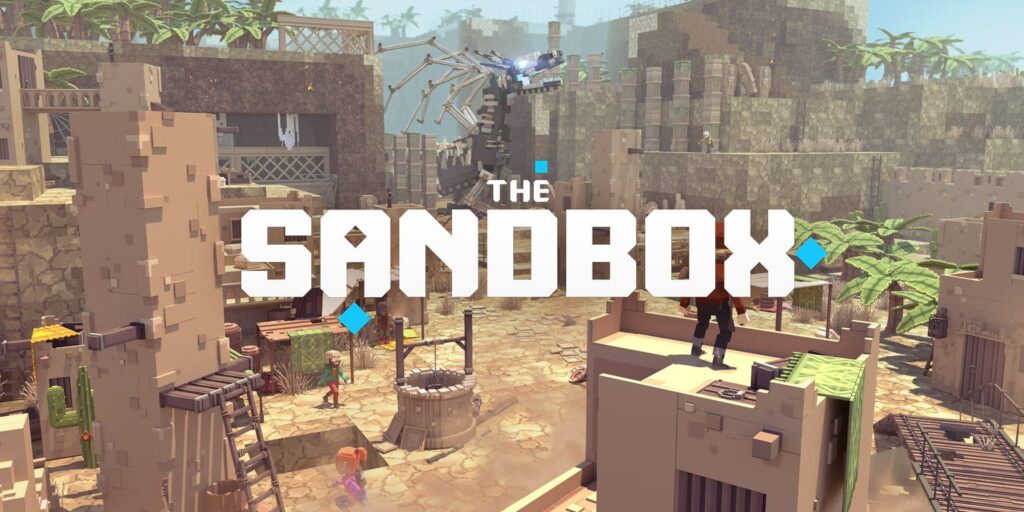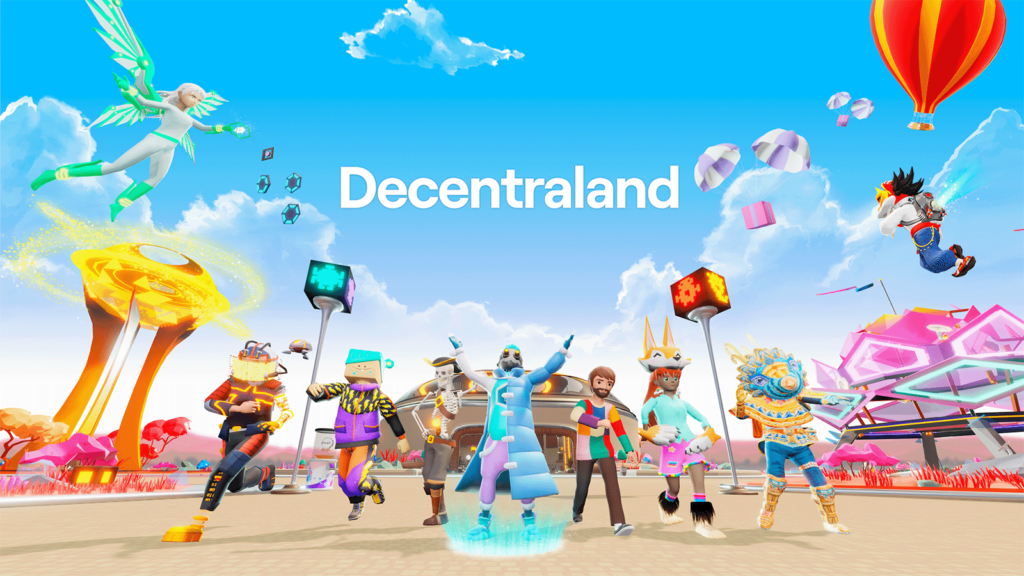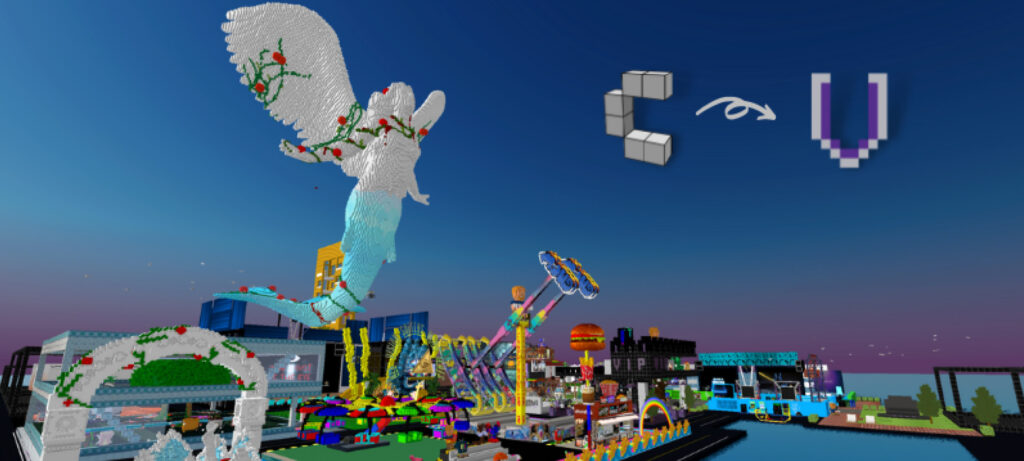With the right moves, you could become the go-to spot for virtual gatherings, earn income by renting out your space, or even sell your properties for a profit—all within the concept of real estate in the Metaverse.

The emergence of Web3 has provided Internet users with many new solutions and experiences.
The Metaverse, the hub of the Web3 revolution, is bringing us closer to the sci-fi visions we’ve seen in literature and film. Real estate in the Metaverse is one of the futuristic notions that we can already see.
At first glance, real estate in the Metaverse appears to be purely for entertainment purposes, an excellent artifact to show off to a buddy.
However, we disagree with that assertion as a company that provides metaverse development services. Our experience has demonstrated the enormous business possibilities of the virtual dimension.
In the hands of professionals, real estate in the Metaverse can be a potent marketing tool, universal educational platform, or profitable investment opportunity.
Take a deep dive into the realm of real estate in the Metaverse as we walk you through buying, selling, and monetizing virtual lands.
Understanding Real Estate in the Metaverse
What is the Metaverse’s equivalent of real estate? The Metaverse, a word that originated in the early 1990s, has evolved from a science fiction concept to a thriving modern reality.
The Metaverse is a vast virtual ecosystem of interconnected digital places where users can interact, socialize, and do business.
At the center of this Metaverse is a concept that many may find fresh and, at times, perplexing: virtual real estate.
Like the physical world, the Metaverse is split into virtual plots or parcels of land. These plots can be purchased, sold, developed, or leased.
However, they are portrayed digitally rather than in physical structures, ranging from simple 3D areas to sophisticated, immersive environments.
These digital properties can accommodate virtual events, concerts, art galleries, e-commerce sites, and even virtual houses and offices.
Real estate in the Metaverse has intrinsic value based on location, function, and engagement potential. High-traffic locations, for example, become valuable digital real estate, similar to a shop on a busy city street.
In addition, with blockchain technology, ownership and transactions in these virtual properties are safe, transparent, and tamper-proof, providing physical value in an ethereal world.
The Metaverse’s boundless potential as a concept is a primary driver of virtual real estate expansion.
Without the limits of physicality, one can build a multi-story mansion on a small plot or a big, expansive park on the ground that would otherwise be used to house a modest flat. Is this the only limitation? The creator’s imagination.
The real estate in the Metaverse market grows as more people and businesses understand the Metaverse’s possibilities.
It’s more than simply a game or a virtual playground; it’s a shift in how we perceive, value, and interact with physical and digital spaces.
Without further ado, let us go straight into the buying, selling, and monetizing of virtual lands in the Metaverse.
Buying Virtual lands in the Metaverse
Buying virtual lands in the Metaverse is a simple process requiring familiarity with digital currencies and blockchain technology. Here’s a step-by-step guide:
Choose a platform
Choose a metaverse platform that matches your interests and aspirations. Popular platforms include Decentraland, The Sandbox, and Cryptovoxels, providing distinct environments and communities.
Create a digital wallet
You’ll need a digital wallet, like MetaMask, to engage with the blockchain. This wallet will hold your digital currencies and assets.
Acquire Cryptocurrency
Most metaverse sites use cryptocurrencies, notably Ethereum. Purchase the necessary quantity of cryptocurrency from an exchange such as Coinbase or Binance.
Browse listings
Navigate to the marketplace on your chosen platform. You can find a variety of land and property listings for sale.
Make a Purchase
Once you’ve located a property that meets your criteria, you may finalize the transaction with your digital wallet. The property will subsequently be transferred to your wallet as a unique non-fungible token (NFT), confirming your ownership.
Verify Ownership
Confirm that the property is now listed in your digital wallet and the platform’s ledger.
Properties in Real Estate in the Metaverse To Be Bought
The Metaverse provides a wide selection of property kinds that appeal to various purposes and preferences:
- Land parcels
- Virtual homes
- Commercial spaces
- Event venues
- Gaming zones
Land Parcels
These basic pieces of land can be created according to the owner’s concept, much like vacant lots in the real world.
Virtual Homes
These are digital residences where users can personalize their living area and communicate with friends and family in a home-like setting.
Commercial spaces
These spaces are virtual shops, offices, and venues where businesses can operate, sell items, and hold events.
Event Venues
Properties were created for virtual events like concerts, conferences, and exhibitions.
Gaming Zones
Gaming-focused areas where developers can design and monetize interactive games and attractions.
Moving ahead, let’s delve right into selling virtual lands in the Metaverse.
Selling Virtual Real Estate in the Metaverse
The procedure of selling virtual real estate is relatively simple.
Follow these steps to sell virtual real estate in the Metaverse:
- You can sell your land through the in-game marketplace or other marketplaces like Rarible and OpenSea.
- View market prices on your selected platform or investigate them by exploring various markets to understand comparable homes and overall pricing.
- Once you’ve completed your investigation, click the profile icon in the upper right corner and select “sell.” Afterward, individuals can choose which NFT they want to sell from their wallet.
- Individuals can use OpenSea to set up auctions where other users can bid on land parcels. The seller can set the sale duration utilizing the marketplace’s “Timed Auction” function.
- After all bids have been submitted, the landowner can select the highest bid and approve the sale.
- The seller can also reserve the land for an individual buyer. Enter the buyer’s wallet address into the field under the “Reserve For Specific Buyer” option.
- To attract more bids, provide a fascinating description that includes information on the plot size, location, metaverse platform, NFT utilities (if applicable), and more.
- Sellers must also pay a charge to complete deals. For example, OpenSea costs 2.5% on each transaction.
- Once you approve a bid, you successfully sell your virtual land parcel!
Top Selling Platforms For Virtual Real Estate in the Metaverse
Virtual real estate prices are rising rapidly, so if you’re looking for the best Metaverse platforms to sell your land on, here are the top four to consider:
- The Sandbox
- Decentraland
- Voxels
- Somnium space
The Sandbox

Celebrities like Snoop Dogg call The Sandbox home, where SAND is the national currency.
The most major Metaverse real estate sale occurred on this marketplace when Republic Realm paid $4.3 million for land in The Sandbox.
Big brands like Gucci are also building their presence on this platform, contributing to the growing demand for virtual real estate in the Metaverse.
Land can be sold through The Sandbox’s built-in marketplace or third-party sites like OpenSea and Rarible. Metaverse land dealers must consider the transaction cost while selling land plots.
For example, The Sandbox’s marketplace charges a 5% transaction fee in addition to gas fees.
Decentraland

Decentraland is another metaverse real estate behemoth, with major brands like Samsung, Nike, and Louis Vuitton striving to interact with customers via this virtual environment.
With over 300,000 active monthly users, this metaverse site has recently gained popularity.
With Metaverse land selling for up to $2.4 million, this is a fantastic forum for those looking to sell virtual real estate.
The platform’s native currency is MANA, and users can list land for sale on the in-game marketplace. Users can also sell real estate on secondary marketplaces like OpenSea.
Voxels

Voxels enables users to purchase and sell real estate via the OpenSea marketplace. Investors can buy many land plots, as there are approximately 7,351 available.
Unlike other platforms, this one does not provide a native token. Ethereum (ETH) is used to facilitate transactions.
Users will need a MetaMask wallet to purchase and sell land in this Metaverse. The wallet must have enough ETH to buy the land.
Sellers should know that OpenSea retains 2.5% of the selling price, excluding gas fees.
Somnium Space

With around 5,206 land plots in circulation, Somnium Space is another fantastic alternative for anyone wishing to sell real estate in the Metaverse. There are three different land sizes: small, medium, and giant.
The centerpiece of this virtual environment is Somnium Waypoint. The closer the land is to this place, the better the possibility of making a profit when selling it. Land can be purchased and sold on OpenSea using ETH.
Monetizing Virtual Real Estate in the Metaverse
We have walked you through buying and selling virtual lands in the Metaverse and everything related to them.
Before we go, let’s look at many other ways of monetizing your virtual lands in the Metaverse space.
Some of the ways you can monetize your virtual lands are;
- Renting it out
- Building and selling virtual real estate
- Creating and selling virtual goods
- Hosting virtual events
- Creating and selling virtual experiences
- Creating and selling virtual games
Conclusion
The Metaverse is no longer a faraway fantasy; it is a quickly evolving reality redefining the fundamentals of buying and selling real estate.
Remember the pixelated Minecraft house? It was a stepping stone to this exciting new frontier, where you can own a piece of the digital landscape, construct your dream home, and monetize your creativity in ways you never thought possible.
